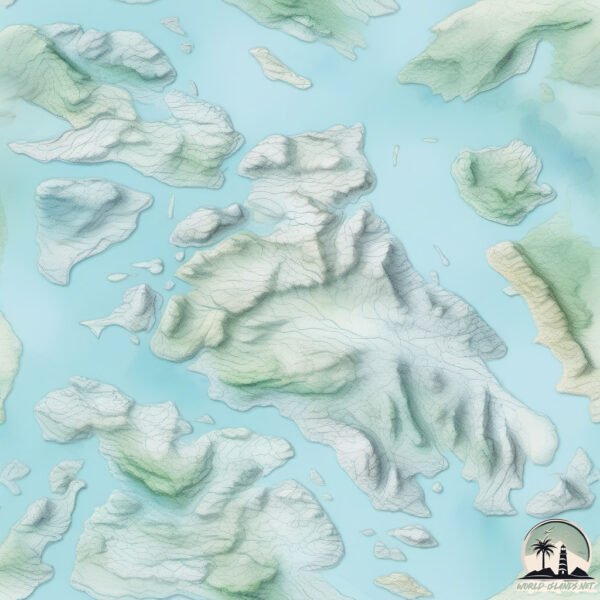Welcome to Chatham , a Temperate island in the South Pacific Ocean, part of the majestic Pacific Ocean. This guide offers a comprehensive overview of what makes Chatham unique – from its geography and climate to its population, infrastructure, and beyond. Dive into the details:
Geography and size of Chatham
Size: 923.1 km²Coastline: 357.4 kmOcean: Pacific OceanSea: South Pacific OceanContinent: Oceania
Chatham is a Large Island spanning 923 km² with a coastline of 357 km.
Archipel: Chatham Islands – A remote group of islands east of New Zealand, known for their unique flora and fauna and distinct Moriori culture.
Tectonic Plate: Pacific – The world’s largest tectonic plate, covering much of the Pacific Ocean, known for the Pacific Ring of Fire with extensive seismic and volcanic activity.
The geographic heart of the island is pinpointed at these coordinates:
Climate and weather of Chatham
Climate Zone: TemperateClimate Details: Temperate Oceanic ClimateTemperature: Warm Summer
Climate Characteristics: Known for its moderate year-round temperatures with ample rainfall and no dry season. Warm summers are characteristic.
Topography and nature of Chatham
Timezone: UTC+12:45Timezone places: Pacific/ChathamMax. Elevation: 277 m Mean Elevation: 63 mVegetation: Evergreen Broadleaf ForestTree Coverage: 83%
The mean elevation is 63 m. The highest elevation on the island reaches approximately 277 meters above sea level. The island is characterized by Hills: Gently sloping landforms with rounded tops, having a maximum elevation between 200 and 500 meters. Hills contribute to a varied landscape on islands.
Dominating Vegetation: Evergreen Broadleaf Forest
Vegetation: 13 vegetation zones – Exceptionally Diverse Island
Infrastructure and Travelling to Chatham
Does the island have a public airport? yes .
Does the island have a major port? no .
The mean population of Chatham is 1 per km². Chatham is Uninhabited. The island belongs to New Zealand .
Continuing your journey, Pitt is the next notable island, situated merely km away.
Error 403 The request cannot be completed because you have exceeded your
quota . : quotaExceeded
New Zealand is classified as Developed region: G7: Group of Seven – Major advanced economies, including Canada, France, Germany, Italy, Japan, the United Kingdom, and the United States. The level of income is High income: OECD.
News – Latest Updates and Headlines from Chatham
Stay informed with the most recent news and important headlines from Chatham. Here’s a roundup of the latest developments.
Loading...
Please note: The data used here has been primarily extracted from satellite readings. Deviations from exact values may occur, particularly regarding the height of elevations and population density. Land area and coastline measurements refer to average values at mean high tide.

